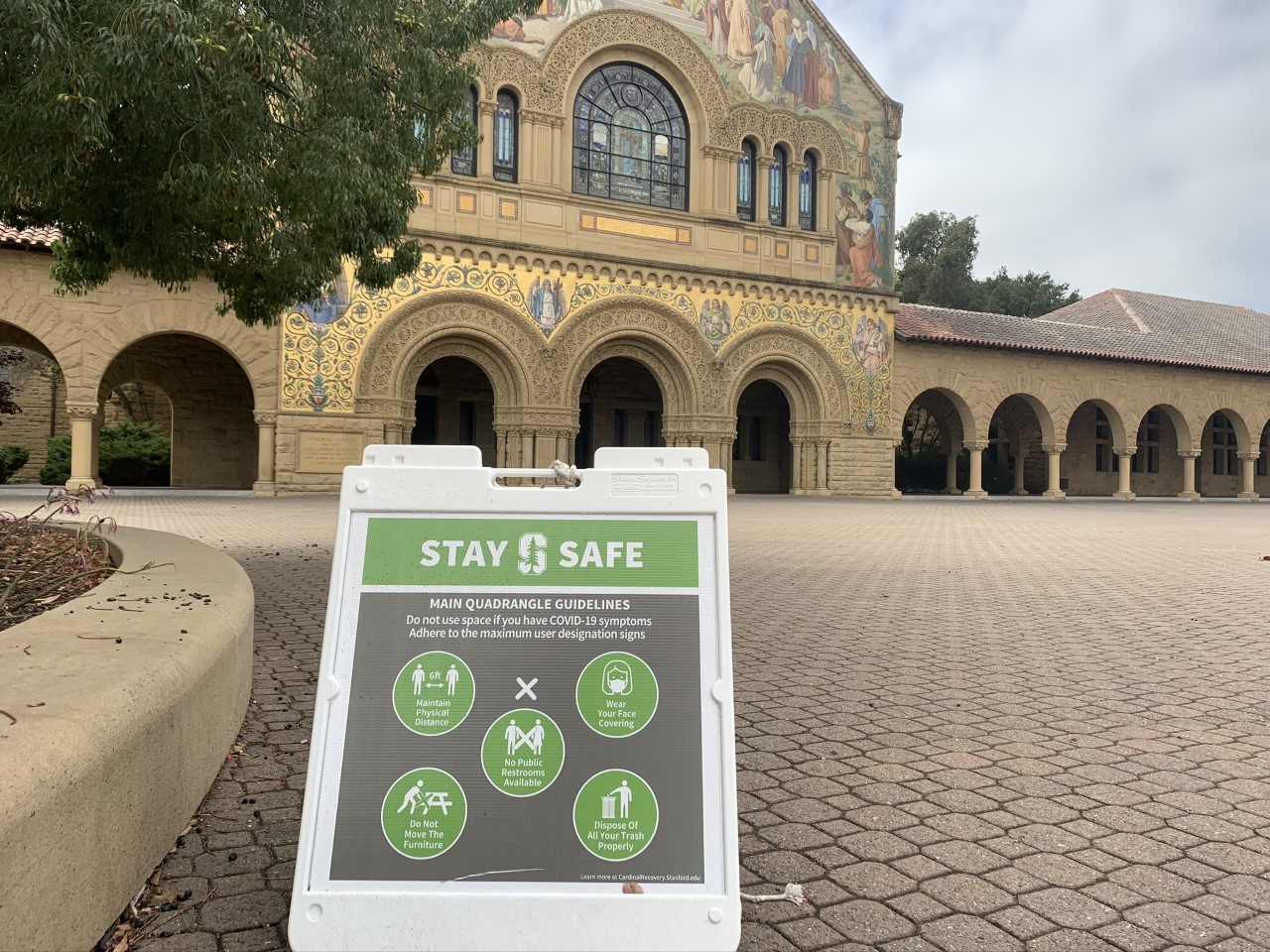Amid a surge in COVID-19 cases and hospitalizations across the county and state, Stanford reported 15 positive tests among faculty, staff and postdocs in the past week and no new student cases. The University has also added an additional 1,000 testing spots following reports that testing was unavailable for 10 days following Thanksgiving, according to Provost Persis Drell.
The 15 cases are believed to be unrelated. Of the 15, only four were conducted by vendors contracted with Stanford Occupational Health Center. The report added that all but one of the infected individuals were present on campus within two weeks of testing positive.
While no students tested positive in the past week, only 2,205 student tests were conducted, down from 5,883 tests in the previous week. The reduction in student tests comes as students return home for winter break and amid concerns about a lack of testing appointments.
Verily, which administers tests for Stanford’s on-campus COVID-19 screening program, had been “somewhat overwhelmed” with a large number of students seeking a test in advance of the holiday, the provost said at Monday’s Campus Conversation.
“We hadn’t planned for the vacation surge,” Drell said, adding that 1,000 new testing spots have been allocated “so everybody who wants a test should be able to get one now.” While weekly testing during the fall quarter was mandatory for students on campus, the University recommends but does not require students to be tested over break.
Drell also addressed reports of long lines at the Li Ka Shing Center Color testing site for faculty, staff and postdocs, saying that although she was unaware of the occurrence, the University has instructed the vendor to provide multiple testing kits, rather than one, which should reduce lines. Starting Jan. 4, Stanford will require faculty, staff and postdocs working on campus to undergo mandatory testing rather than on a voluntary basis.
“There is no doubt that we are in a dark moment and public health experts have warned us that the next few months will likely be difficult,” Stanford President Marc Tessier-Lavigne said, “but as difficult as it is there is also light at the end of the tunnel.”
Tessier-Lavigne also lauded the three promising vaccines that will be undergoing regulatory approval and scientific collaboration across the globe.
“We must remember that the vaccines won’t arrive overnight,” Tessier-Lavigne said, encouraging Stanford affiliates to take measures to mitigate the spread of the virus, including wearing face masks, social distancing and reducing contact with individuals outside one’s household.
Santa Clara County remains in the most severe “purple” tier of coronavirus restrictions and reported 760 new cases on Saturday with 239 COVID-related hospitalizations. The county is also requiring individuals who enter from more than 150 miles away to quarantine for 14-days as of Monday.
Contact Cameron Ehsan at cehsan ‘at’ stanford.edu.
